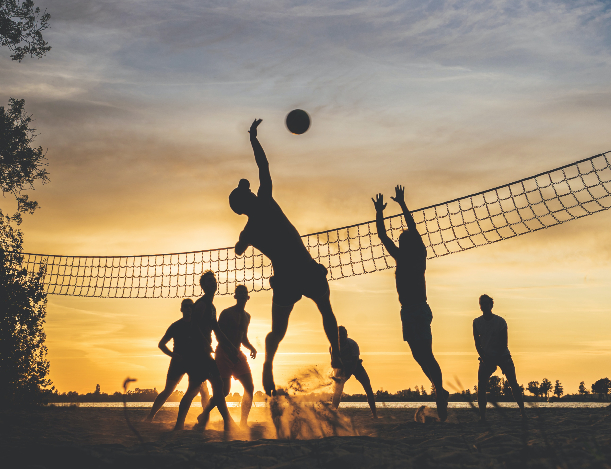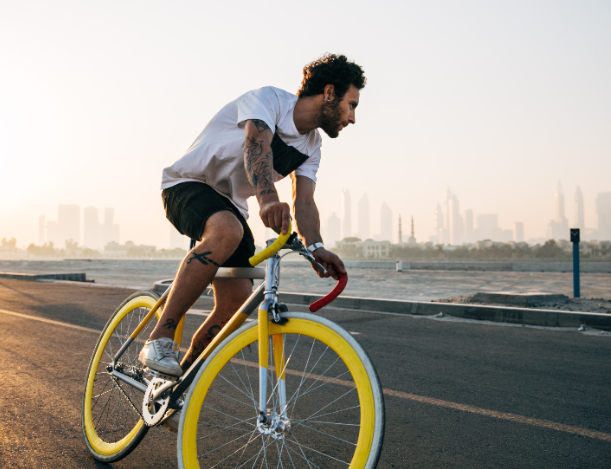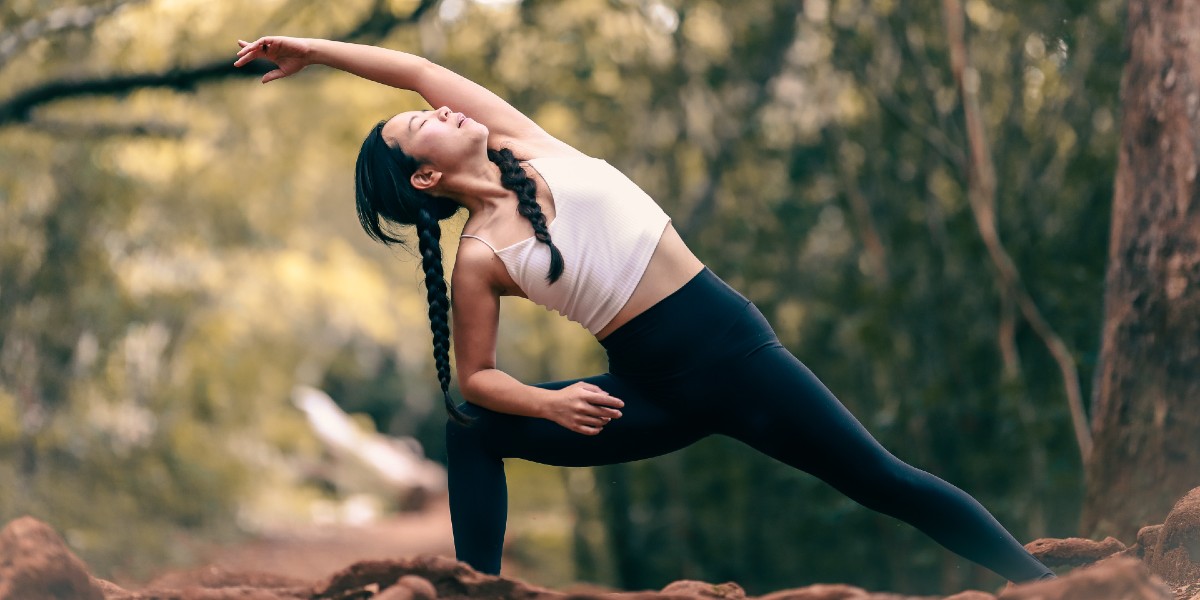Pay a visit to your local gym, observe the grimacing patrons as they pound the treadmill or march in place on the StairMaster, and you might conclude that exercise is no fun. But it doesn’t have to be that way, according to Kelly McGonigal, who lectures at Stanford, teaches dance classes, and wrote The Joy of Movement: How Exercise Helps Us Find Happiness, Hope, Connection, and Courage. McGonigal joins The Next Big Idea podcast to explain how exercise — of all kinds and in all doses — can strengthen your mind, elevate your mood, and deepen your social connections.
Sign up for The Next Big Idea newsletter here.
Don’t think of exercising as a punishment.
Rufus Griscom: Broadly speaking, we don’t do enough exercise. I just read that, according to the CDC, 80 percent of Americans don’t get the recommended amount of exercise. Do you think there’s something wrong with the way we think about exercise as a culture?
Kelly McGonigal: Well, I think there are a lot of things wrong with how we think about movement and also a lot of ways that society makes it difficult to move as much as might benefit us most. But I think that the mindset that most gets in the way of fully benefiting from movement is this idea that our bodies are this thing that you drag around and you have to exercise it in order to make it look a certain way or prevent a disease in the future. It’s almost like a punishment for enjoying life. Like you ate something and now you have to burn it off. I believe that movement is one of the most important things you can do to experience all of the instinctive joys that humans have that make life worth living. It’s a really different mindset than: you ate something, go burn it off.
Rufus: I think so many of us feel guilty about not exercising enough. It’s a medicine. It’s a prescription that we’re supposed to take.
Kelly: When you think of it as medicine, or you think of it as punishment, or you think of it as a chore, you’re often less likely to find the activities that you actually enjoy.

Movement releases lots of helpful chemicals.
Kelly: Movement can trigger the release of a lot of chemicals that make us feel better. As soon as you are active, you’re going to get more dopamine and adrenaline, and that makes you feel more empowered, more motivated, more energized. When you do things that are really hard, endorphins reduce pain and fatigue and help you keep going. Exercise also releases endocannabinoids, which make it easier to connect with other people. We trust each other more, we feel closer. And so that’s another reason why when we exercise with other people, either to music or in synchrony or doing really hard things, we often form these amazing support relationships or we get a sense of belonging.

How we evolved for exercise.
Rufus: You say 2 million years ago, a major climatic event cooled the earth and changed the landscape of East Africa where early humans were, forested areas became more patchy and transformed into open woodlands and grasslands. So how did this change the evolution of our bodies?
Kelly: So this is a story that anthropologists will tell you, right? This is not my insight into human nature, but the story, which I think is really interesting, is that as human beings had to travel further in order to find food, they needed to physically be able to hike and run to hunt and forage and gather in new ways. And the human beings who survived were the ones who had these physical adaptations that made hunting and foraging and gathering easier. So some of them are structural, like a bigger gluteus maximus that’s really good for hiking and running, changes in the structure of your feet that make walking and hiking and running easier, but also one of these adaptations is having a brain that will give you energy and motivation when you are on a sustained hunt or a sustained gathering of food. And that would be what we now call this persistence high. It’s related to having to persist in finding food and bringing it back to share with your community.
The thing that I love about the persistence high is how it makes social connection and cooperation easier. It’s literally setting you up to want to share it with others, which is part of what allowed humans to survive. We have a biochemical side effect of the physical effort of hunting or gathering that makes us more likely to cooperate, more likely to get a warm glow when you feed your neighbor.

Your muscles are anti-anxiety factories.
Kelly: Your muscles are an endocrine organ. So endocrine organs manufacture and release chemicals into your bloodstream that affect every system of your body. Things like digestion and metabolism and bone health and cardiovascular function and your immune system.
And we now know that your muscles do more than just move you around. They are producing all of these chemicals that they can release into your bloodstream to affect every system of your body. But they do that through muscle contraction, through physical activity. And so your muscles are like this pharmacy and they’re called myokines, which just means pushed out by your muscles.
You have myokines — these molecules that your muscles manufacture and release — that can kill cancer cells and boost your immune function and help make your entire body healthier. But some of them target the brain, and so your muscles secrete these chemicals into your bloodstream through muscle contraction, anytime you’re physically active, that basically travel to your brain and function like antidepressant drugs, like anti-anxiety drugs that make your brain more resilient to stress, that help make the brain more plastic and better able to learn from experience, that make you more responsive to joy and positive emotions.
One of the first papers that described this called them “hope molecules,” and I stole that name from that paper. So now I think of exercise of all forms, any kind of physical activity, as an intravenous dose of hope.
Edited and condensed for clarity.
You May Also Like:
- 5 Surprising Books on Life, Death, and Everything in Between
- 5 key insights from Christy Harrison, author of The Wellness Trap: Break Free from Diet Culture, Disinformation, and Dubious Diagnoses, and Find Your True Well-Being
- 5 New Books to Help You Live Forever… Maybe
- 5 key insights from Nicklas Brendborg, author of Jellyfish Age Backwards: Nature’s Secrets to Longevity
- Dr. Tim Spector joins The Next Big Idea podcast to discuss the new science of healthy eating
To enjoy ad-free episodes of the Next Big Idea podcast, download the Next Big Idea App today:




























